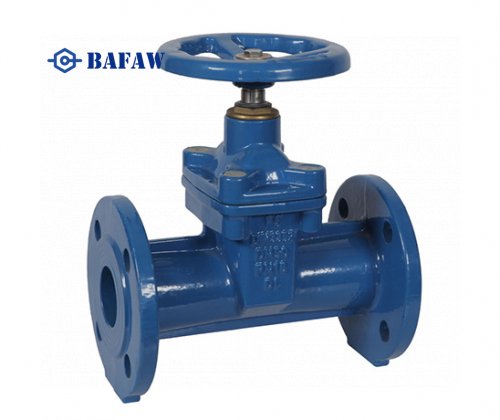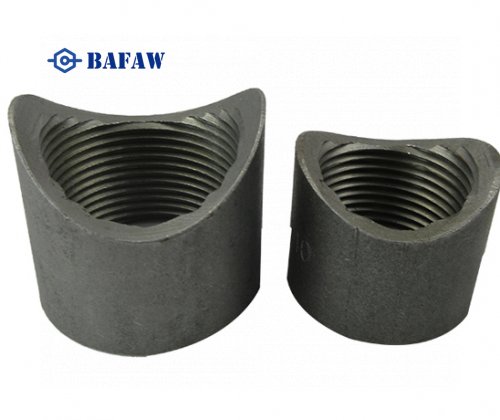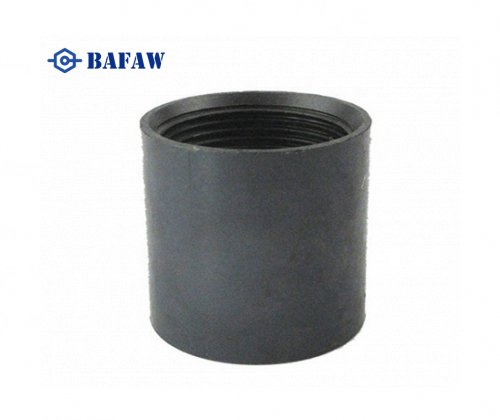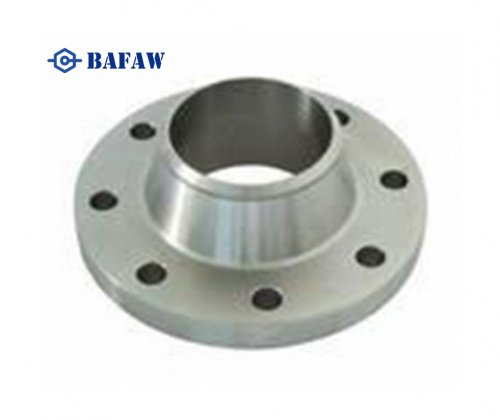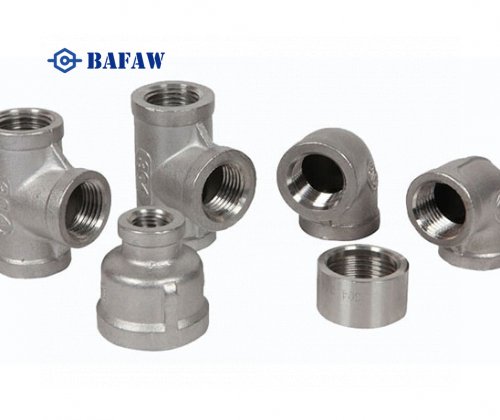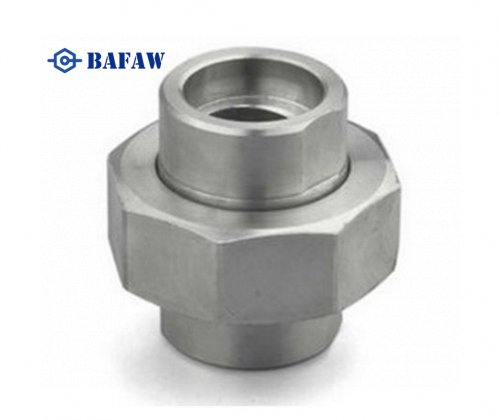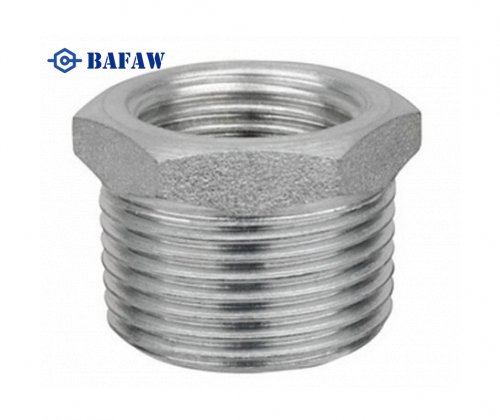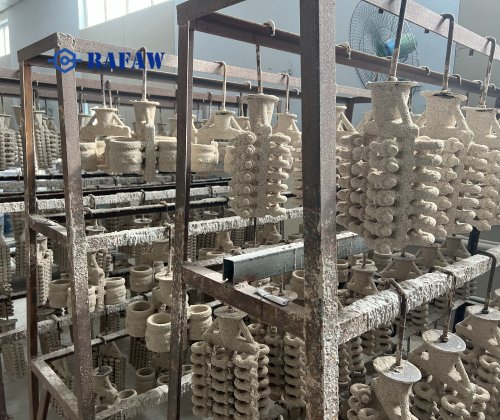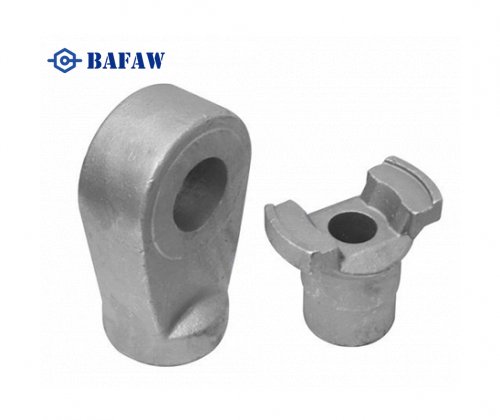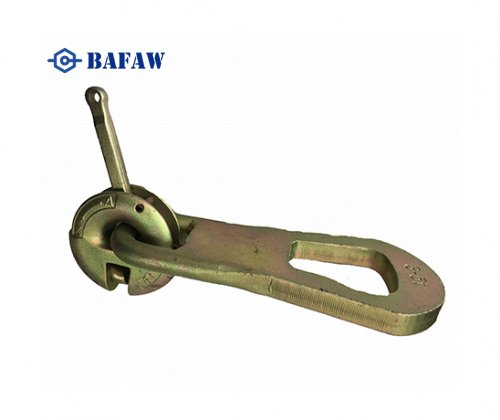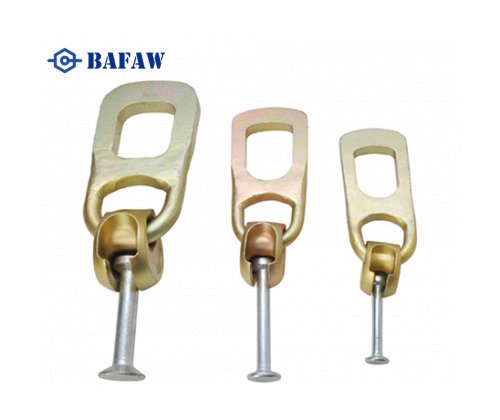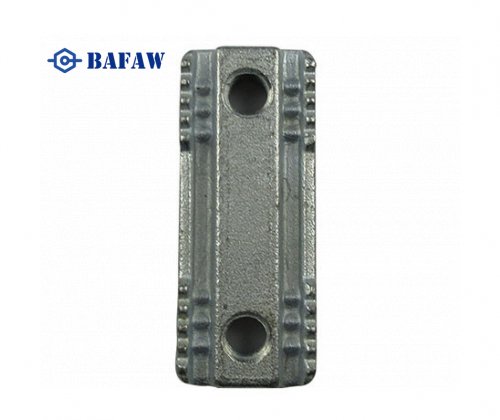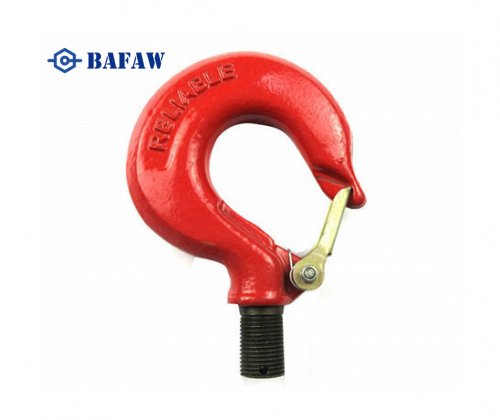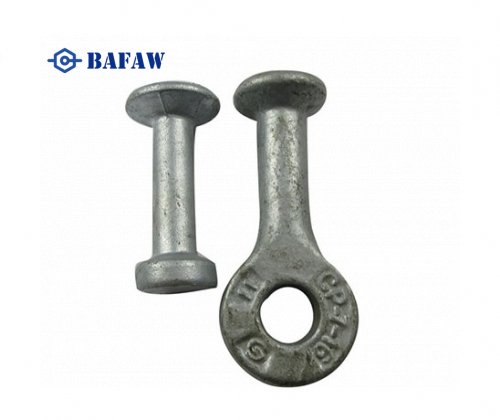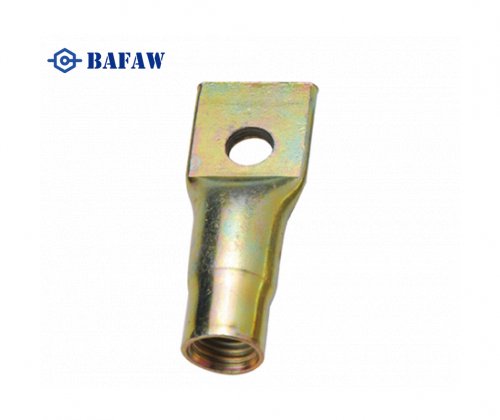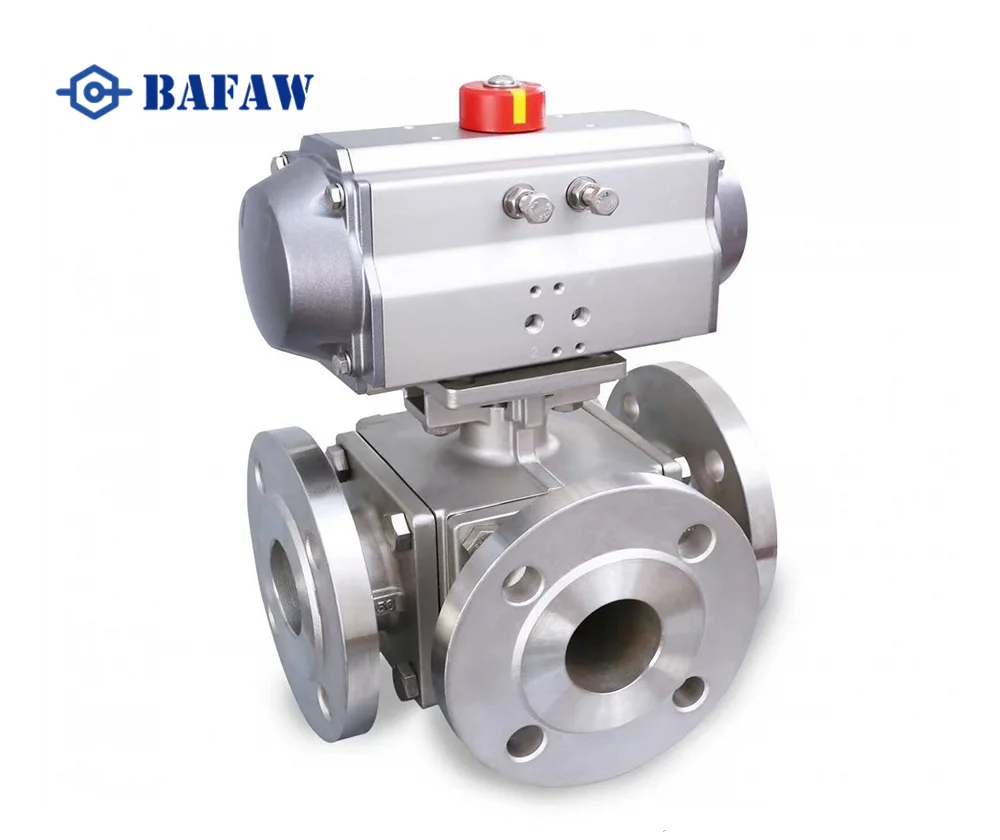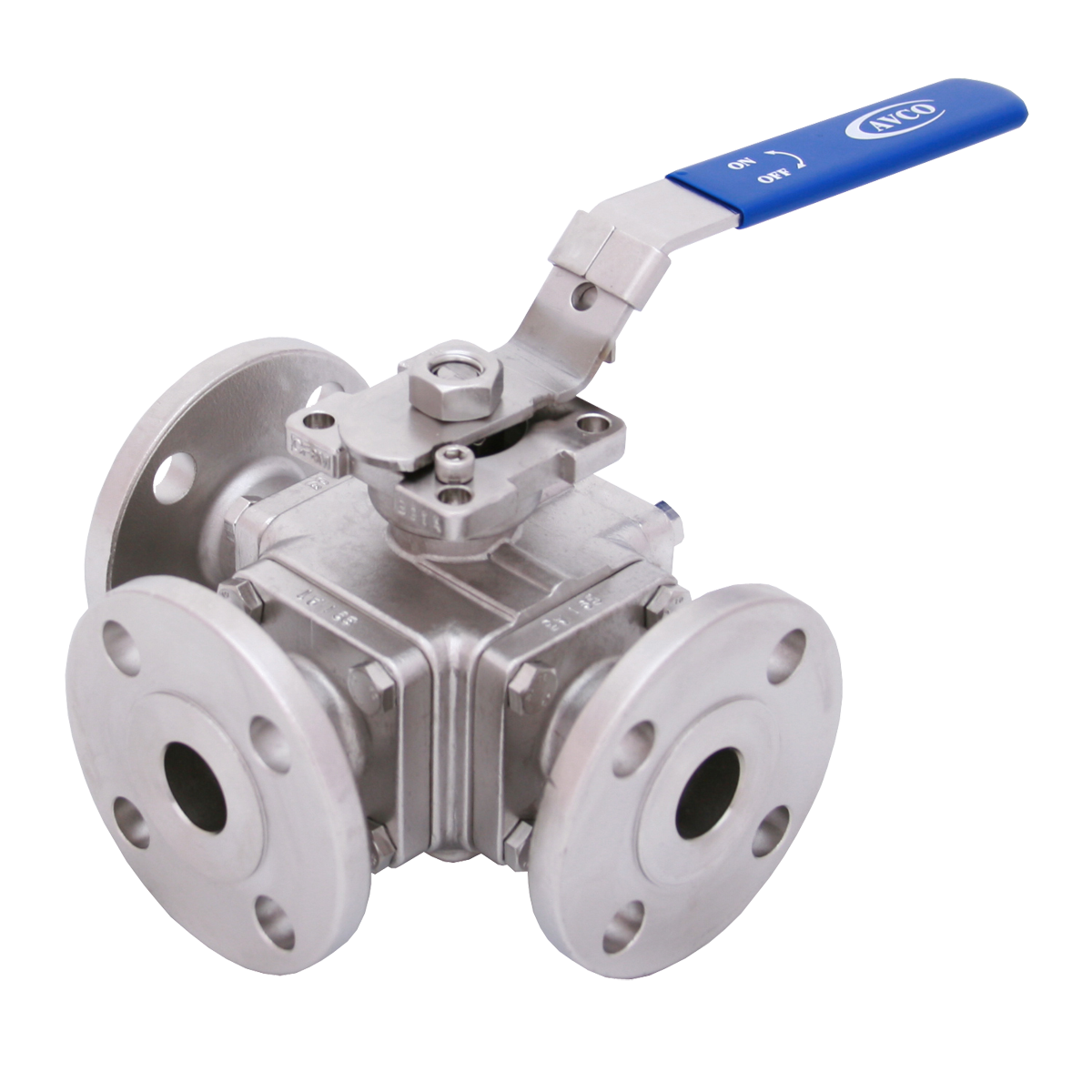Ball valve design greatly affects how fluids flow and how well different types work. The internal bore shape affects how well media flows through the valve. This directly affects pressure drops and system performance.
Full Port vs. Reduced Port: Flow Efficiency Trade-offs
Full port ball valves have a bore diameter that matches the pipe size. This creates an unobstructed flow path. The straight-through design allows liquids and gases to move easily. This means there’s almost no pressure drop when it’s fully open. Flow rates remain steady, which significantly reduces the risk of cavitation. Cavitation is the formation of damaging air bubbles due to pressure drops. These designs shine in places where flow rate matters. They are great for handling both solids and liquids together.
Reduced port ball valves have a smaller internal bore. They are typically one pipe size smaller than the connecting pipeline. A 3/4" reduced port valve might have only a 1/2" ball opening. This design restricts flow more. As a result, it causes higher velocity, energy loss, friction, and a pressure drop across the valve. Reduced port designs offer real advantages. Their small size uses less material. This makes them about 30% lighter and cheaper than full port options.
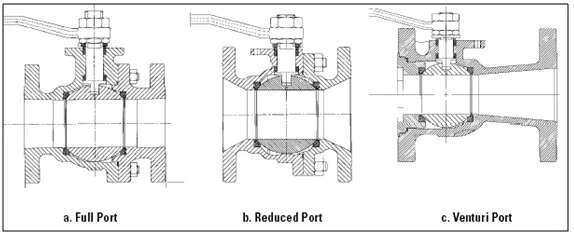
Cavity-Filled Designs for Sanitary Applications
Cavity-filled ball valves address a big issue in standard ball valve designs. They fill the empty spaces behind the ball and inside the valve body. These cavities can trap media and create potential contamination points and operational issues. Cavity fillers get rid of these spaces and prevent media from getting stuck after flow.
These specialized valves are ideal for pharmaceutical, food, and beverage uses. Sanitation is key in these applications. Their design prevents medium from collecting. This reduces the risk of cross-contamination between different process fluids. Cavity-filled designs benefit companies using paint, pigments, or chemicals such as sodium hypochlorite. They prevent product buildup.
We make these valves with sanitary tri-clamp ends. They use FDA-compliant materials like PTFE (Teflon) and silicone or FPM (Viton). This ensures they meet strict regulatory standards. They are crucial for dealing with thick materials, slurries, and sticky substances. Standard ball valves would fail quickly in these situations.
Material Selection for Optimal Valve Performance
The materials you choose for ball valves affect their lifespan, reliability, and performance in different settings. Choosing the right parts means balancing performance with your budget
Metal Body Options: Brass, Bronze, and Stainless Steel
Brass is made of copper and zinc. It has good mechanical properties, so you can shape it easily. It won’t crack or rupture. This budget-friendly material works up to 204°C (400°F) and handles pressure ratings up to 3000 psi. We successfully used brass for water, gas, oil, and air. Yet, it doesn't resist chloride solutions well because of dezincification.
Bronze, made from copper and tin, stands up better to corrosion than brass and cast iron. Stainless steel takes durability even further for extreme conditions. You'll find two main grades—304 (18% chromium, 8% nickel) and 316 (18% chromium, 10% nickel). The 316 grade resists corrosion better, which makes it ideal for marine environments. Stainless steel handles impressive temperatures up to 926°C (1700°F) and pressures up to 10,000 psi.
Plastic Valve Bodies: PVC, CPVC, and PVDF
PVC (polyvinyl chloride) valves are a budget-friendly choice for corrosive applications. These valves can handle many salt solutions, acids, bases, and organic solvents. But, they don’t work well above 60°C or with aromatic and chlorinated hydrocarbons. CPVC becomes your best bet when temperatures run higher.
PVDF (polyvinylidene fluoride) serves as a premium option for tough chemical service. Models come in sizes from 1/4" to 2" with a full-port design and reversible PTFE seats.
Seat Materials: PTFE, PEEK, and metal seats
PTFE (Teflon) seats never need lubrication and keep seals "bubble-tight." This material has the lowest friction coefficient of all thermoplastics. It can work in temperatures from -429°F to 400°F. Plus, it resists nearly every chemical. You can boost PTFE seats' performance by adding glass or carbon-fiber reinforcement.
PEEK (polyetheretherketone) seats take performance to another level in extreme conditions. They work from -70°F to 500°F and handle pressures up to 6000 psi. PEEK handles radiation better than PTFE. This quality makes it ideal for nuclear uses.
Material Compatibility with Process Media
The right match between valve materials and process media prevents early failures. For example, stainless steel 316 works well in seawater and chlorine-rich areas. PTFE works with most chemicals except fluorine and liquid alkalis. PEEK handles most chemicals well but struggles with sulfuric acid.
Your material selection should account for all service conditions. Review chemical compatibility charts for your media. Consider concentration, temperature, and exposure time.
Conclusion
Choosing the right ball valve means considering several factors. First, understand the application fully. This piece covers everything from basic construction types to material compatibility. This helps achieve the best performance.
Floating ball valves work great in low to medium pressure applications. Trunnion-mounted versions become crucial for high-pressure environments where you cannot compromise on reliability.
The valve's body shape greatly impacts maintenance choices. You can choose simple one-piece designs or more complex three-piece builds. These can be serviced easily. A valve's port design and material choice help you select the right option. This depends on your flow needs and media compatibility.
A ball valve works best when its specs match the application perfectly. Test the operating conditions, space limits, and maintenance needs first. Then, make your choice. This prevents mistakes that can get pricey and will give you long-term reliability. Match the right materials using this selection method. You’ll achieve better performance and a longer service life.
FAQs
Q1. What are the main types of ball valves? Ball valves have different types.
These are:
Each valve type has a specific use and pressure range. Floating ball valves work well in low to medium pressure systems. Trunnion-mounted valves are best for high-pressure situations.
Q2. How do I choose the right ball valve for my application?
To choose the right ball valve, think about these key factors:
Before deciding, assess your application needs. Consider space limits and maintenance needs.
Q3. What's the difference between full port and reduced port ball valves?
Full port ball valves have an internal diameter that matches the pipe size. This design allows for minimal flow resistance and pressure drop. Reduced port valves have smaller internal diameters. They are usually one pipe size smaller than the connecting pipeline. This design limits flow more, but it’s also smaller and cheaper.
Q4. Why are trunnion-mounted ball valves preferred for high-pressure systems?
Trunnion-mounted ball valves are the top choice for high-pressure systems. They support the ball at the top and bottom, which cuts down stress on the ball and seats. This design seals both upstream and downstream at the same time. It needs less torque to work under high pressure. So, it is great for critical uses in the oil and gas industries.
Q5. What materials are frequently utilized in the construction of ball valves?
Ball valves are often made from metals like brass, bronze, and stainless steel. For corrosive uses, manufacturers can also make them from plastics like PVC, CPVC, and PVDF. Seat materials often include PTFE (Teflon), PEEK, and metal seats for extreme conditions. Choose materials that fit your chemical needs, temperature limits, and pressure levels for your project.

















